While none of the interplanetary missions have found any traces of life on Mars, both NASA’s Viking and China’s Zhurong rovers have discovered stunning features about the Red Planet that could provide insights into its history and evolution. When Zhurong, China’s first-ever Mars-landing mission, orbited around the Red Planet for one Earth year, it spotted something surreal underlying the planet's surface. Strange polygon structures dotted the layer of soil underneath the immediate surface. Researchers published a detailed study of these structures in the journal Nature Astronomy.
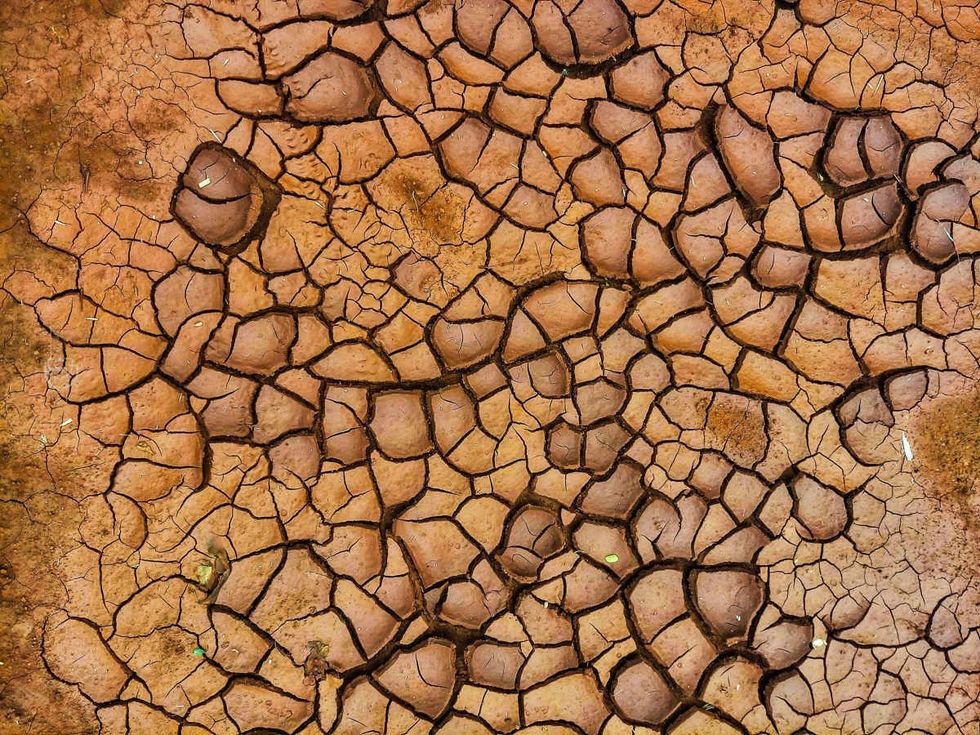
Zhurong, named after the Chinese “God of Fire,” was equipped with ground-penetrating radars. Using these radars, the space probe penetrated the ground of Utopia Planitia, Mars’ biggest impact basin. In a layer 35 meters under the surface, they discovered 16 polygon structures protruding out from the soil, yet buried deep down the top-level soil. It left them totally surprised. Previously, this particular terrain was explored by Viking 2 in 1976, per IFL Science.
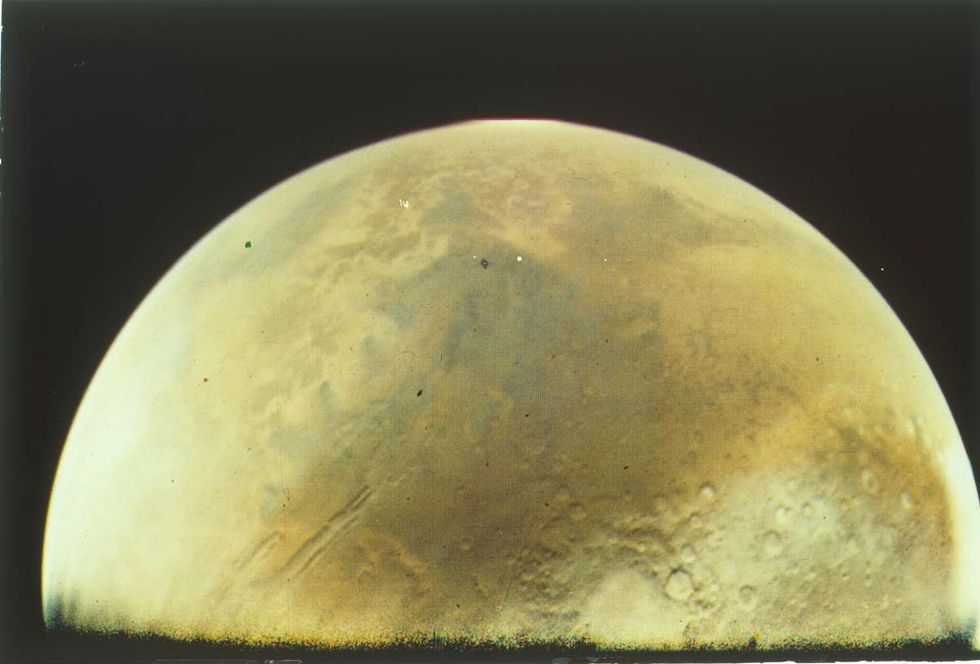
A team of scientists from the Institute of Geology and Geophysics under the Chinese Academy of Sciences studied these structures in detail. The polygonal patterned terrain illuminated some interesting insights about the history of the planet, especially its climate.
When NASA's Viking explored Mars, they found that Mars is a “cold planet with a volcanic soil.” It is much cooler than Earth, and its atmosphere is made mostly of carbon dioxide. In winter, CO2 freezes in the air, and in the spring, it sublimates and wafts upwards into plumes of gas. Scientists studying the polygons believe that the “cool climate” and “volcanic soil” are the two primary factors behind these formations.
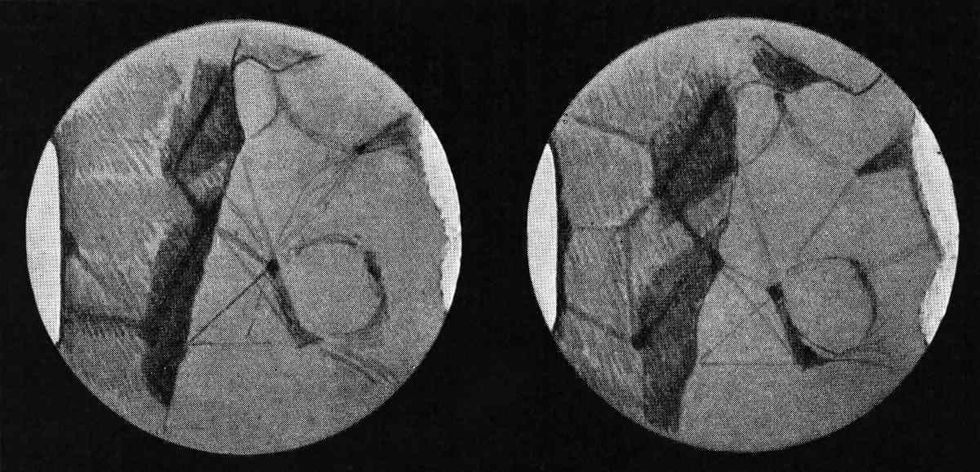
They proposed that these polygons were formed by the freeze-thaw cycle that created cracks in the terrain when it was at the surface. They suggested that the wedges were formed 3.7 to 2.9 billion years ago due to serious climatic changes in Mars’ history. “The formation mechanism for the buried palaeo-polygonal terrain requires a cold environment and might be related to water/ice freeze-thaw processes in southern Utopia Planitia on early Mars,” the paper reads. “The detected buried polygons, which indicate that freezing occurred at low-to-mid latitudes, require strong palaeoclimatic variability.”
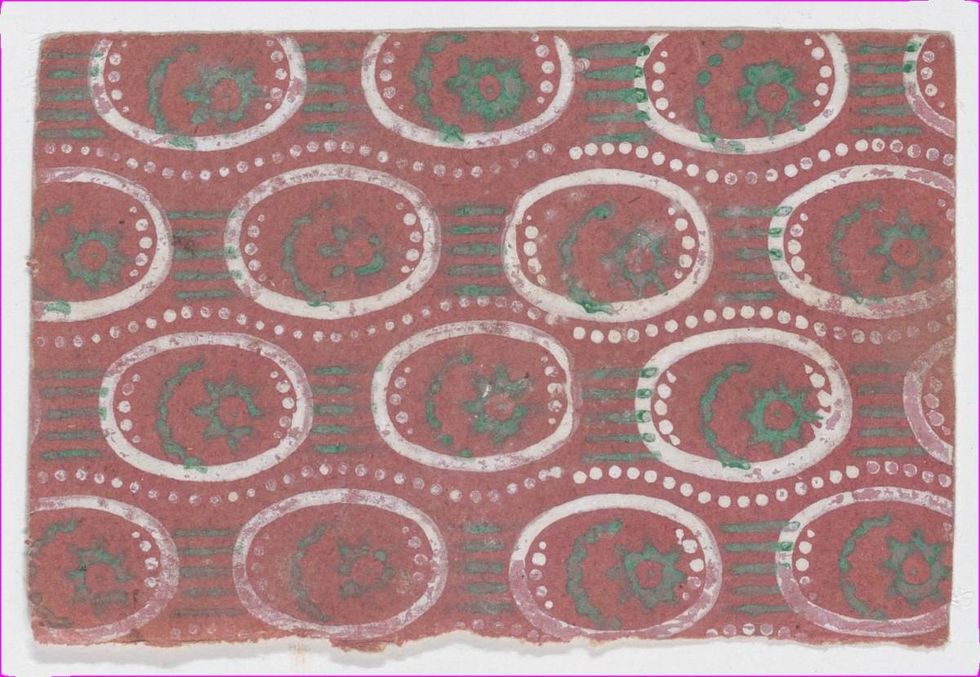
Earlier work in the vertical terrain of this area indicated that there have been several episodic floods that filled the basin around 3 billion years ago. This new study focused on what these layers look like, horizontally, across the 1.9 kilometers (1.2 miles) spanning these bizarre structures. These wedges were formed “possibly with the cessation of an ancient wet environment,” the researchers wrote.
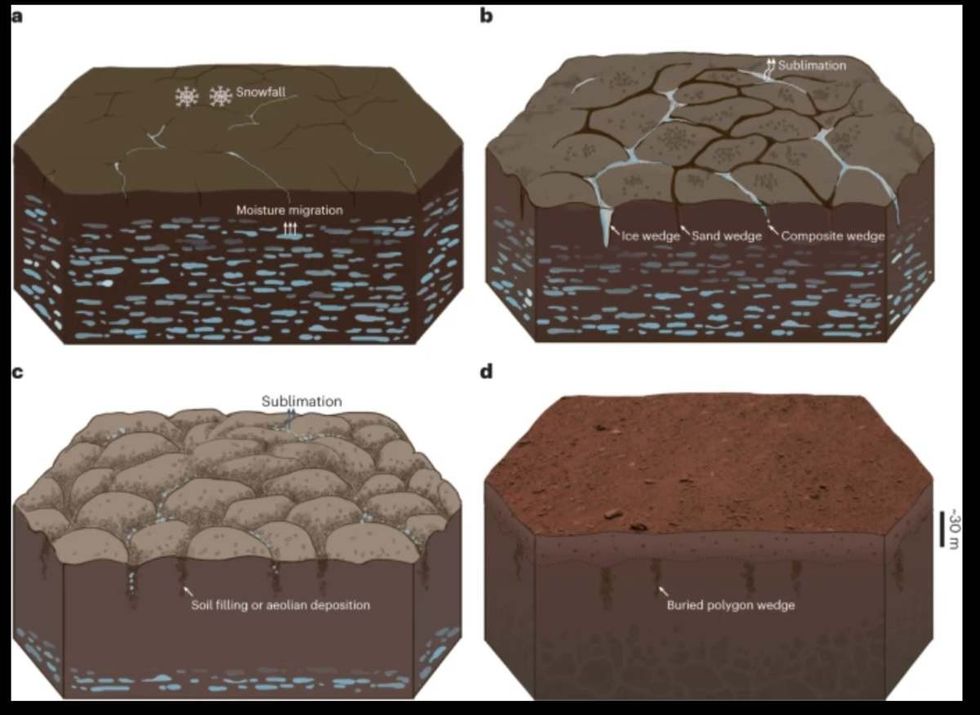
Although this honeycomb of polygons is reminiscent of Earth’s “Giant’s Causeway,” a massive terrain patterned with interlocking basalt columns, no evidence suggests that Mars’ polygons were formed by lava from any volcanic activity. However, researchers considered the possibility of a volcano backing the formation of these wedges. But it couldn’t be proved anyhow. Upon analysis, the team is certain that the structures are sedimentary, and were formed from thermal processes in varying climates. This indicates that this region of Mars must have gone through widely varying climatic conditions.
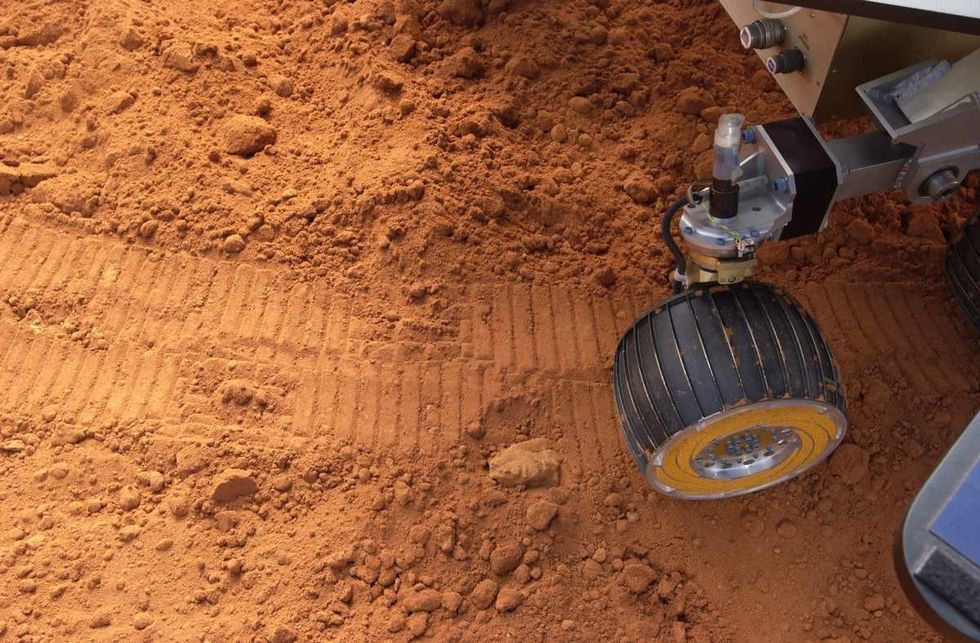
Another bit that the rover picked up, was that these polygons were buried in layers of material that looked nothing like them. They hypothesized that Mars’ earliest wet environment brought about the initiation of these geological formations. “The subsurface structure with the covering materials overlying the buried palaeo-polygonal terrain suggests that there was a notable palaeoclimatic transformation sometime after that,” the researchers mentioned.
While these polygons surprised the scientists because of their location, this discovery was not new on the radar. In 2012, NASA located several polygonal structures in the northern lowlands of the Red Planet. They too studied these structures, saying that “scientists study polygonally-patterned ground on Mars because the occurrence and physical characteristics of the polygons helps us understand the recent and past distribution of ice in the shallow subsurface and also provides clues about climate conditions.” But Zhurong indeed is the first one to have spotted that the polygons lie “below” the topsoil.





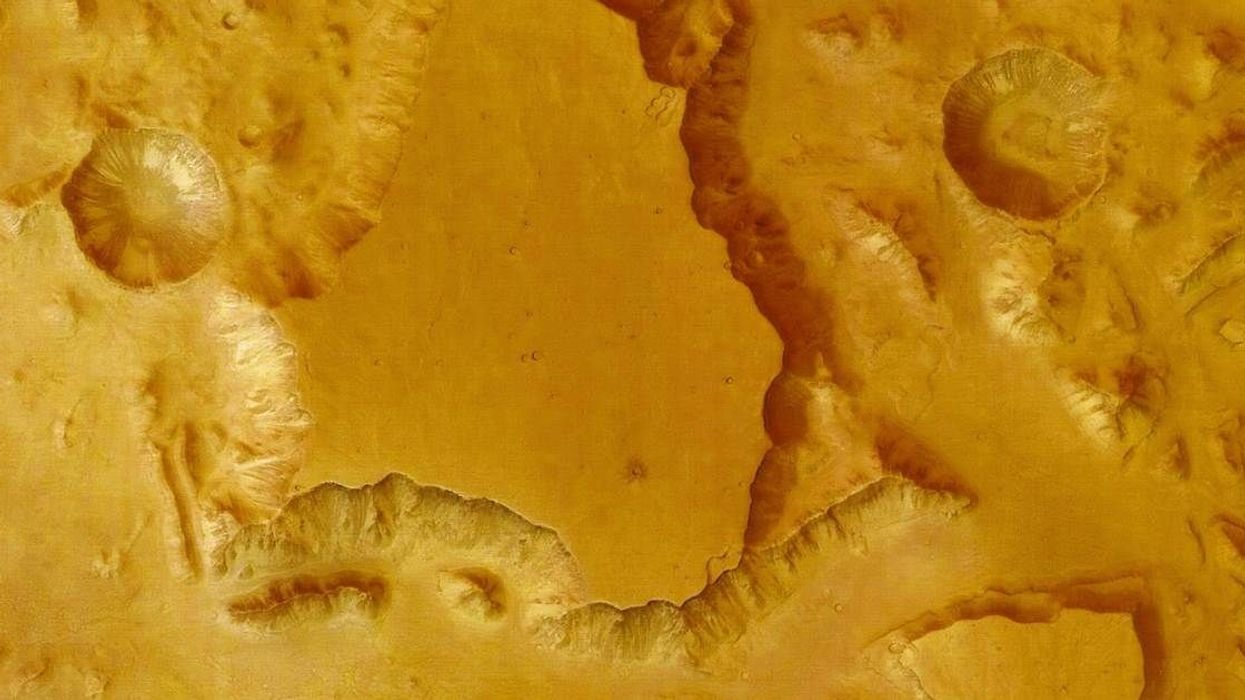











 Take a moment to forget the world outside the headphones and just relax.
Take a moment to forget the world outside the headphones and just relax.  Lean back and unwind to the right music.
Lean back and unwind to the right music. 

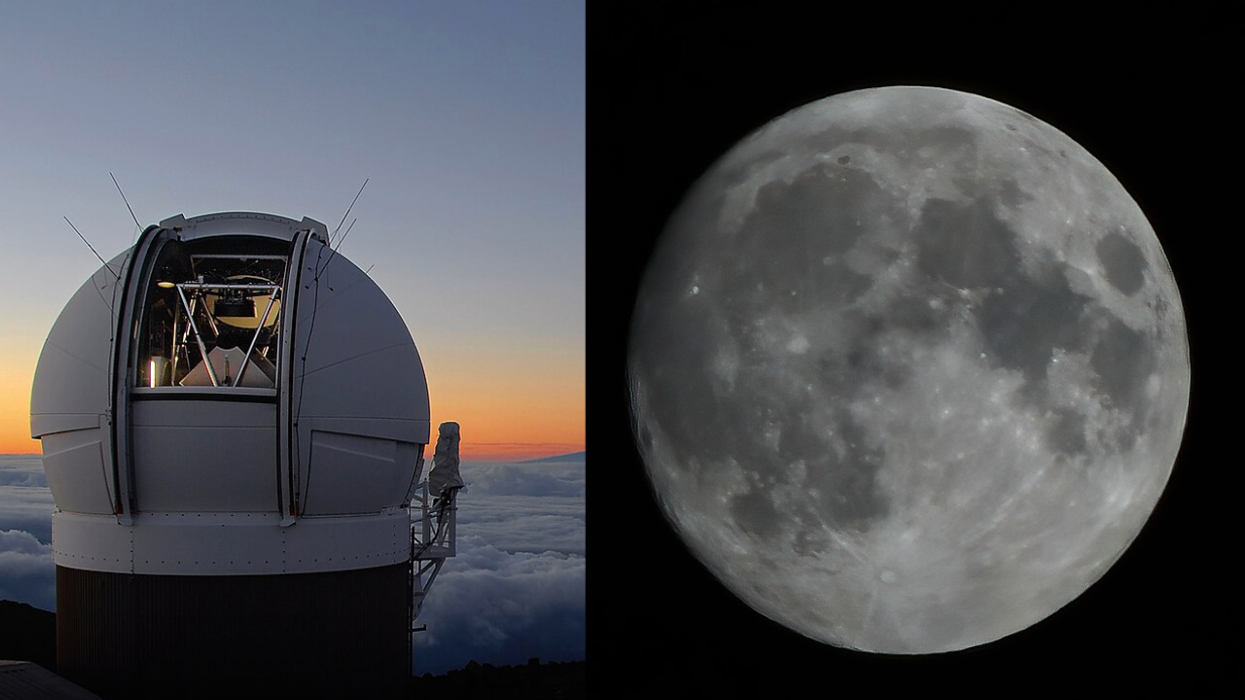

 Relaxing to music.Photo credit
Relaxing to music.Photo credit  Music and a good run.Photo credit
Music and a good run.Photo credit 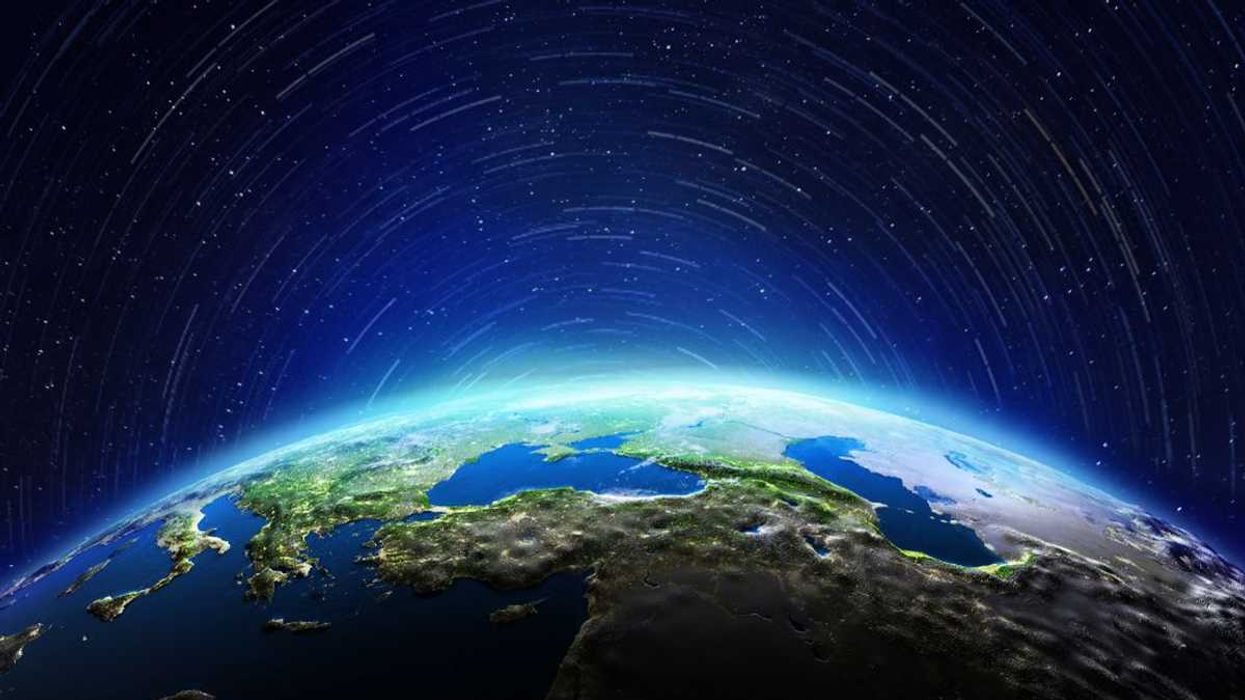
 Artist rendering of Earth with satellites traveling around it.Image via
Artist rendering of Earth with satellites traveling around it.Image via  Drawing of Leon Foucault with pendulum showing Earth's rotation.Image via
Drawing of Leon Foucault with pendulum showing Earth's rotation.Image via 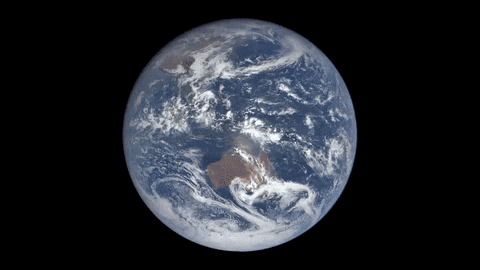 The Earth rotates.
The Earth rotates. 
